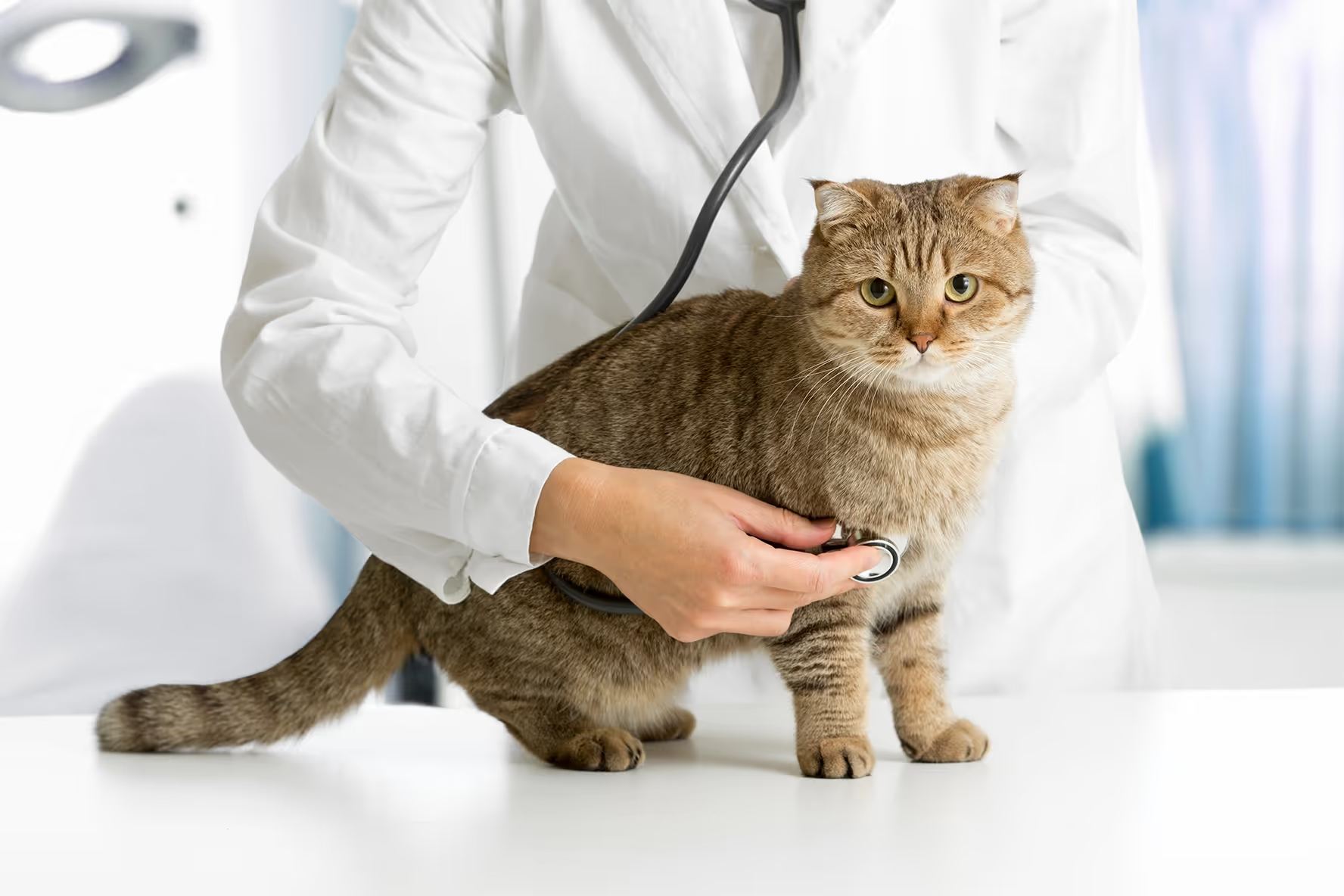
November is Pet Cancer Awareness Month. While we hope that there are more pet owners out there that don’t feel the need to pay attention to it, we want to reach out to those pet parents who do.
Pet cancer will never be an easy experience for any of us to go through. Our pets are members of our family and when something as detrimental as cancer affects them it’s heartbreaking. We are proud of the fight that our affected pets put up against cancer and the strength that the pet parents behind them show as well. We want the pet parents to know that you aren’t alone and there are support systems available to you everywhere, online and in person. Supporting others who support you through the hardship of pet cancer can help make the journey a little bit easier.
What are the chances that your pet gets diagnosed with cancer?
The likelihood of a dog developing cancer is similar to that of a human. Approximately 1 in 4 dogs will develop neoplasia at some point in their life. A neoplasm is a mass of tissue that forms when cells rapidly divide and don’t die off at the rate that they should for healthy development. The rapid development of cells, called neoplasms, can be either benign or cancerous.
As dogs age their chances increase for a cancer diagnosis; about half of dogs over the age of 10 are likely to get diagnosed with cancer.¹
For cats, there aren’t as many statistics in age ranges, but around 1 in 5 cats will have a cancer diagnosis in their lifetime.²
What are the most common kinds of cancer in pets?
In dogs, the most common cancers for them to experience in their lifetime are:
- Mast Cell Tumors: a skin cancer that is located in the connective tissues.
- Melanoma: a skin tumor and common malignant tumor in a dog’s mouth.
- Lymphoma: a cancer of lymphocytes (blood cells in the immune system) and lymphoid tissues.
- Osteosarcoma: a bone cancer that causes a tumor to develop within the bone.
- Hemangiosarcoma: a highly malignant cancer found most often in the dog’s heart and spleen.³
In cats, the most commonly diagnosed cancers are:
- Lymphoma: a cancer of lymphocytes (blood cells in the immune system) and lymphoid tissues.
- Feline Leukemia Virus (FeLV): This infection caused a majority of lymphoma diagnoses prior to the development of a FeLV vaccine.
- Mammary Cancer: a cancer of the cat’s breast tissue, risk can be lessened by spaying a cat before their first heat, mainly affects female cats.
- Squamous Cell Carcinoma: a skin cancer that causes a majority of feline skin tumors mostly on furless areas of the body.
- Fibrosarcoma: a time that develops quickly on fibrous connective tissue.⁴
What are your treatment options when a pet is diagnosed with cancer?
When your pet is diagnosed, your local vet will refer you to a veterinary oncologist who will make sure to offer the best treatment option for that particular pet patient. Treatment for cancer needs to work with the diagnosis and your pet’s needs individually, so some cases might require multiple treatments while others will be able to achieve remission after just one. Be sure to listen to what your vet recommends for your pet’s personal needs.
The treatments that are often most effective for pet cancer patients are chemotherapy, surgery, radiation, palliative care, and, if necessary, euthanasia.
Chemotherapy is a common treatment option for more internal, systematic cancers—like lymphoma or leukemia. Because the treatment is processed throughout the body, chemotherapy is able to fight cancerous cells anywhere.
Surgery is often the best treatment option for tumors. Through surgery, a veterinarian is either able to remove the entirety of the cancerous cells, or able to remove enough that the addition of a chemotherapy regimen or radiation treatment can take care of the rest.
Radiation therapy uses a stronger version of X-ray technology to target rapidly dividing cells in the area where treatment is applied. Radiation is most often used in combination with a chemotherapy treatment plan or surgery to have the best impact on your pet’s health.
Palliative care helps to provide your pet with the best quality of life as their time starts to run out. This treatment is not determined to bring your pet into remission or attempt to cure them of their cancer. It is designed to keep your pet feeling well for as long as they remain by your side. Palliative care can act on its own or alongside a treatment plan.
Euthanasia is never any pet parent’s first choice, but there are times when the expectations of a treatment don’t seem very promising, or treatment options and funds run low. None of us want this to be our pet’s best option but when their quality of life decreases immensely due to cancer and there isn’t anything we can do to ease their pain, our last choice becomes the best for our pet. No caring vet will ever recommend euthanasia as the best option unless they have exhausted all of the other ways they can help your pet.
Thank you to the Veterinary Oncologists
This month we want to appreciate the work that veterinary oncologists do every day around the world to help ease the struggles that pet parents go through.
We appreciate the scientists working to make treatment easier, more effective, and more available to pet parents around the world.
We appreciate the vets that work hands-on with our pets, performing diagnostic tests, administering treatments, planning treatment regimens, and working with pet parents to help as many pets as possible work past their cancer diagnosis. We appreciate that you go through the pain of another patient being diagnosed, or worse, losing their battle, and still get up and work to help pets with cancer every day.
Thank you to all of the vets out there that are always aware of pet cancer, and don’t always get the appreciation they deserve.
And Pet Parents, you’re doing great.
If you have had to go through a pet’s cancer diagnosis, whether that was yesterday, last year, a decade ago, or tomorrow, we want to let you know that you are still doing a great job as a pet parent. Your pet's diagnosis is in no way a reflection of your capabilities as a pet parent, and know that your pet appreciated everything you did for them.
Other people may not know what it’s like to love your pet like family and have to go through the pain of watching them in cancer treatment. But we want you to know that you aren’t alone, that other pet parents have experienced what you are going through, and that your vet feels the pain with you.
Caring for your pet to the best of your ability every day, with or without cancer, is a job in and of itself, and you’re doing great. They’re your family, and you love them even when they don’t feel like themselves because of their diagnosis or their treatment.
It may be hard sometimes, and you may feel like you’re making the wrong decisions, but your pet will always know you love them, and that’s what matters.


